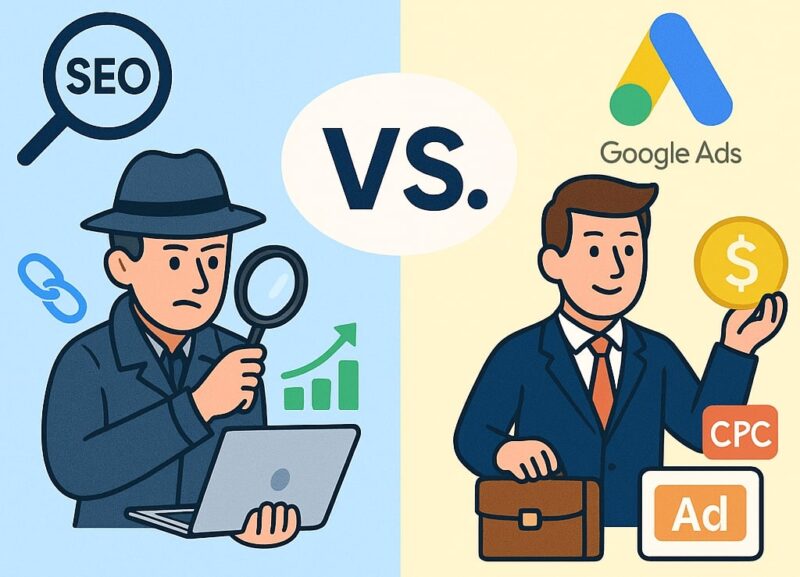Choosing between SEO and Google Ads can shape how your business reaches users, converts leads, and grows traffic. Both tools drive visibility on Google, but each one follows a different path with its own strengths and weaknesses.
SEO relies on organic rankings that build authority over time. Google Ads offers immediate exposure with paid placements at the top of search results.
Deciding where to invest depends on your goals, budget, and how quickly you want results. SEO supports long-term growth and audience trust.
Google Ads suits time-sensitive campaigns and fast visibility. Many businesses combine both, but understanding how they differ will help you pick the right approach.
This article breaks down ten essential pros and cons for each.
What Is SEO and How Does It Work?
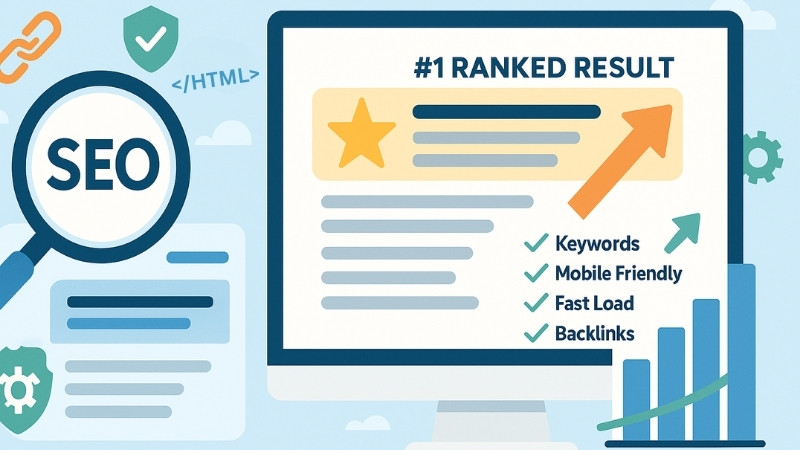
SEO stands for Search Engine Optimization. It improves how a website ranks in search results without paying for placement. Google uses complex algorithms to decide which websites show up for specific keywords. SEO focuses on aligning a website’s structure, content, and authority with those signals.
A well-optimized site uses relevant keywords naturally throughout the content. It includes quality backlinks, clean URLs, mobile-friendly layout, and fast loading speed. On-page elements like titles, meta descriptions, headers, and alt tags help Google understand the content.
Off-page signals like backlinks from trusted sources add authority. Technical SEO ensures that search engines can crawl and index pages easily.
SEO is not instant. It requires patience, consistent effort, and regular content updates. Rankings build gradually, based on trust, authority, and relevance.
Over time, SEO brings continuous traffic without extra ad spend, making it one of the most powerful long-term tools in digital marketing.
What Are Google Ads and How Do They Work?
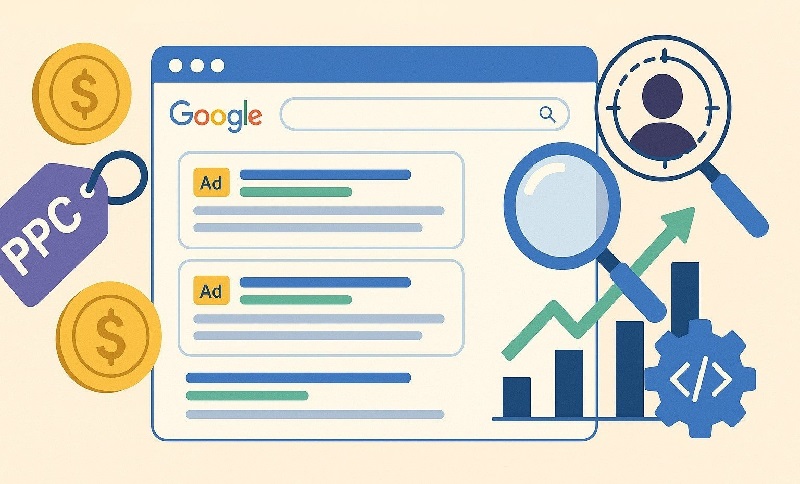
Google Ads is a pay-per-click advertising platform. Businesses bid on keywords to display ads at the top of Google search results. Every time someone clicks on the ad, the business pays a fee. The higher the competition for a keyword, the more it may cost per click.
Google Ads allows detailed targeting. You can choose who sees your ads based on location, age, interests, search behavior, device, and time of day. You can also set daily budgets and control how much you want to spend for each keyword or campaign.
Unlike SEO, Google Ads can produce immediate results. As soon as a campaign launches, your website can start receiving clicks. You can track performance, measure conversions, and test different messages using built-in analytics. Ads appear as sponsored results and look similar to organic listings, although many users can tell the difference.
Top 5 Pros of SEO
1. Long-Term Visibility Without Ongoing Costs
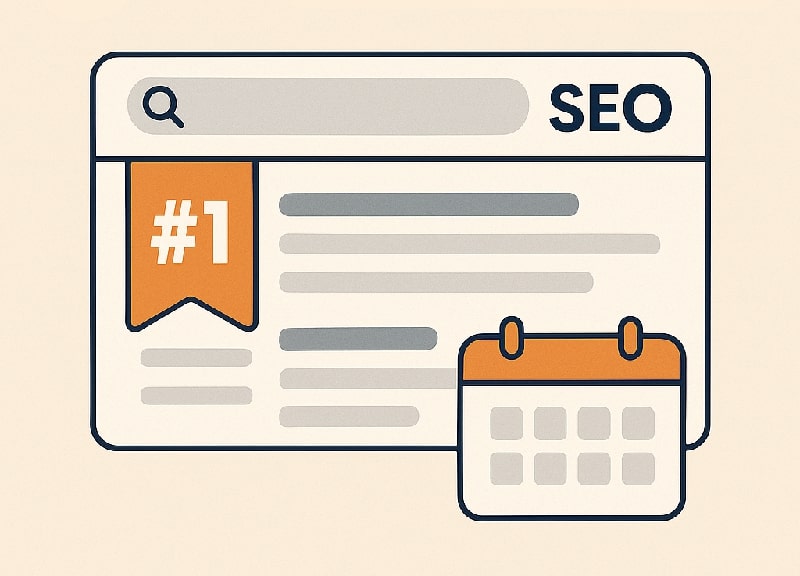
SEO supports long-term visibility without requiring payment for every click. Once your content reaches the first page, it can stay there with regular optimization and minor updates. A single blog post or service page can generate steady traffic for years.
2. Higher Trust Through Organic Listings
Organic results attract more trust than paid listings. Many users skip ads and click on the top unpaid results. Ranking well signals expertise and authority in your field, which can boost user confidence and increase conversions.
3. Sustainable and Evergreen Traffic
SEO content attracts continuous visitors without ad budgets. A page optimized for informational or transactional keywords can remain active and valuable over time. Traffic builds naturally through keyword relevance and link authority.
4. Cost Efficiency Over Time
Initial SEO investments cover strategy, content creation, and technical work. Over time, the cost per visit decreases as traffic grows. You gain more exposure without increasing expenses, unlike paid campaigns that charge for every click.
5. Broad Reach Across Search Queries
SEO allows content to rank for dozens or hundreds of related keywords. A single page can appear in multiple searches. Users at different stages of the buying process may all find your site naturally.
Top 5 Cons of SEO
1. Delayed Results and Initial Waiting Period
SEO takes time. New content or websites do not appear on the first page overnight. Search engines evaluate trust, relevance, and authority over weeks or even months. Many businesses feel frustrated in the early phase because traffic builds slowly.
2. Rankings Vulnerable to Algorithm Shifts
Search engines change their algorithms frequently. Updates may adjust ranking factors and push some pages down. Even strong content can lose its position due to factors outside your control.
3. Continuous Content and Optimization Required
SEO demands regular effort. Content must be updated, keywords refreshed, and technical performance improved. A site left alone too long will fall behind.
4. High Competition in Popular Niches

Ranking for competitive keywords is difficult. Large brands with big budgets dominate many search terms. New or small websites need strong strategies and patience to break through.
5. Limited Control Over Search Engine Behavior
Search engines decide how and when to index your content. You cannot control when rankings change or how results display. A page may rank today and drop tomorrow without clear explanation.
Top 5 Pros of Google Ads
1. Instant Results and Immediate Traffic
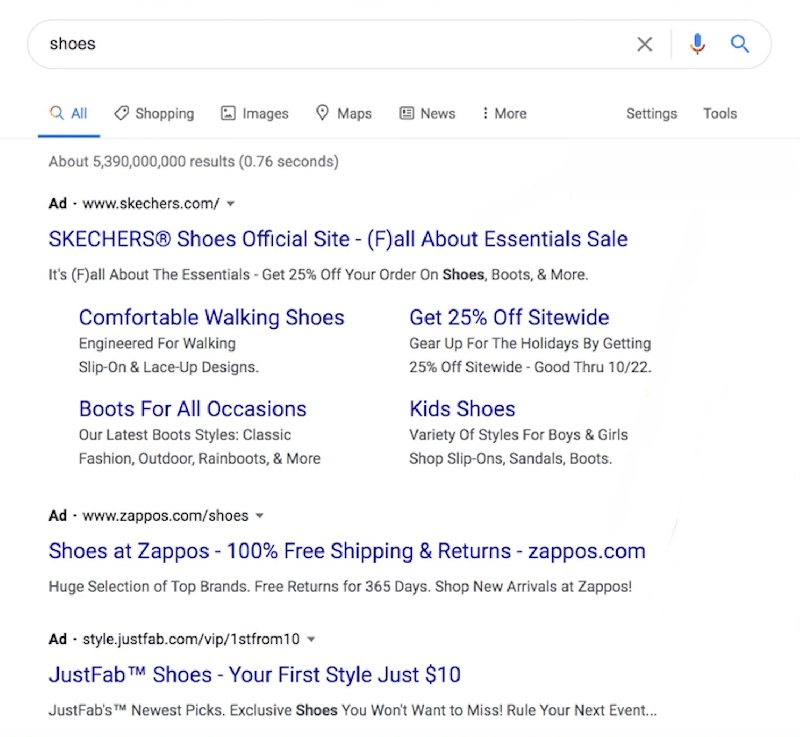
Google Ads delivers traffic as soon as your campaign launches. You do not need to wait for indexing or authority building. Ads can appear at the top of search results instantly, bringing in visitors the same day.
2. Precise Targeting Based on Demographics and Intent
Google Ads allows full control over who sees your ads. You can target users by location, age, device, income, interests, and exact keywords. You reach users at the moment they search for what you offer.
3. Full Control Over Budget and Visibility
You decide how much to spend per day or per click. You can pause, edit, or restart campaigns any time. This gives flexibility to scale up or pull back depending on your results and goals.
4. Detailed Analytics for Performance Tracking
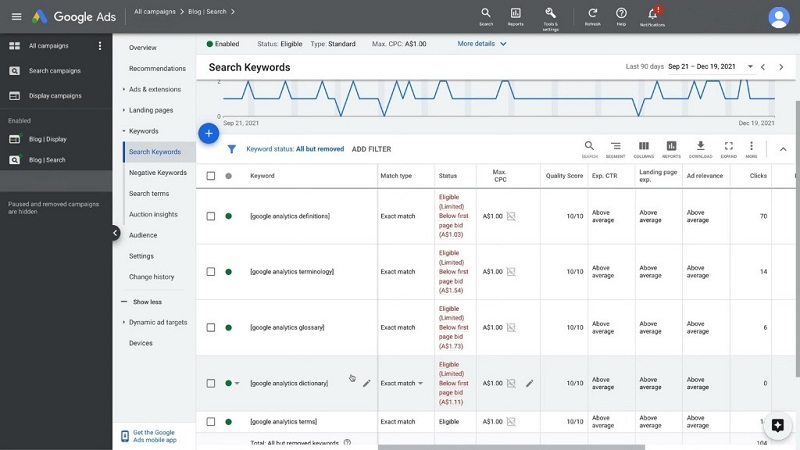
Google Ads provides rich performance data. You can measure clicks, impressions, cost per click, conversions, and ROI in real-time. Every dollar spent is traceable.
5. Enhanced Exposure and Brand Presence
Even if users do not click, ads still create awareness. Your brand name, message, and offer appear in front of targeted audiences. Over time, this builds familiarity.
Top 5 Cons of Google Ads
1. Traffic Disappears When Ads Stop
Google Ads brings traffic only while the ads are active. Once you stop the campaign, the flow of visitors ends. There is no long-term benefit without continuous payment.
2. Expensive Bids for Competitive Keywords
High-demand keywords can cost several dollars per click. Popular industries like legal, finance, and insurance face steep competition. A small budget may run out fast without enough conversions to justify the cost.
3. Ad Fatigue Can Lower Effectiveness
Users often skip over ads or stop responding when they see the same message repeatedly. Ads that stay unchanged for too long may lose their appeal, leading to lower engagement and higher costs.
4. Constant Management and Testing Needed
Google Ads campaigns need daily or weekly oversight. Bids, keywords, audiences, and ad copies must be tested and adjusted. Without active management, results decline and budgets get wasted.
5. Users May Skip Paid Results
Many users scroll past sponsored listings and click on organic results instead. Ads get less trust, especially if they lead to irrelevant or overly promotional pages.
When Should You Choose SEO?
SEO works best for long-term growth. Businesses that want sustained visibility, lower long-term costs, and higher trust should invest in SEO. Informational websites, service providers, local businesses, and eCommerce platforms all benefit when content ranks organically across a wide set of keywords.
Content-rich industries like education, wellness, finance, and home improvement often rely on SEO to pull in consistent traffic. Organic rankings also support brand authority in search-heavy topics. If you aim to build an audience, generate traffic over time, and reduce reliance on paid traffic, SEO is the right fit.
SEO also suits those with the patience and resources to wait for results. It requires technical expertise, content strategy, and ongoing improvement. Businesses with a strong internal team or reliable SEO partner see the best results.
When Should You Choose Google Ads?
Google Ads is ideal for time-sensitive goals. If you need leads fast, want to promote a product launch, or test new offers, Google Ads offers immediate reach. Campaigns can start within hours and deliver results the same day.
Short-term promotions, limited-time sales, and competitive products perform well through ads. Local services that need daily calls, such as repair technicians or emergency contractors, can use ads to fill the schedule quickly. Ads also help when organic rankings are weak or unavailable for certain keywords.
Ads work well for those with a flexible budget and a clear sales funnel. They require constant testing and careful audience targeting. Success depends on the landing page, ad quality, and match between the keyword and user intent.
Combining SEO and Google Ads for Maximum Impact
Using SEO and Google Ads together offers a stronger marketing outcome than choosing one alone. SEO builds lasting visibility and attracts high-quality traffic over time.
Google Ads fills in the gaps by targeting competitive keywords or promoting offers that need fast action.
Both tools serve different goals. SEO creates content that ranks for informational and transactional searches. Google Ads places you in front of users ready to act.
When combined, your site appears in both organic and paid listings. This doubles exposure and captures more clicks across the search results page.
SEO also lowers long-term cost per click. Google Ads provides keyword data that helps improve SEO strategy. Ads test which messages convert best. Those insights guide future blog titles, headers, and product descriptions.
Final Thoughts
Both SEO and Google Ads hold clear advantages, but they serve different needs. SEO works for building brand trust, scaling traffic, and reducing long-term costs. It rewards consistency, patience, and authority.
Google Ads works for fast results, lead generation, and precision targeting. It rewards agility, testing, and budget control.
Your business goals decide which path matters more. If you want quick leads and have funds to manage active campaigns, Google Ads suits you. If you prefer lasting traffic that grows over time without daily spending, SEO offers a better return.
Read Next – Is AI the Future of Your Business?

